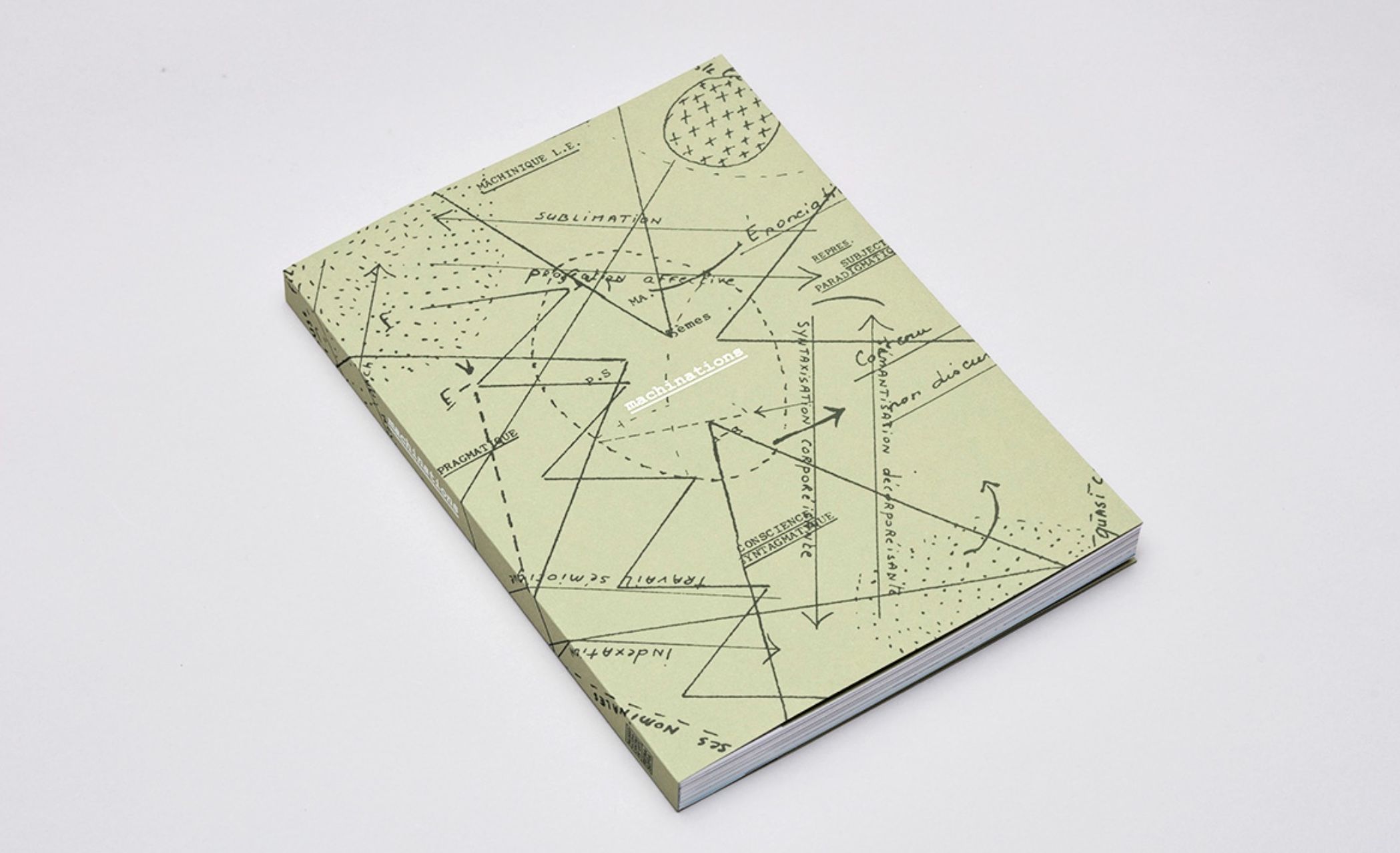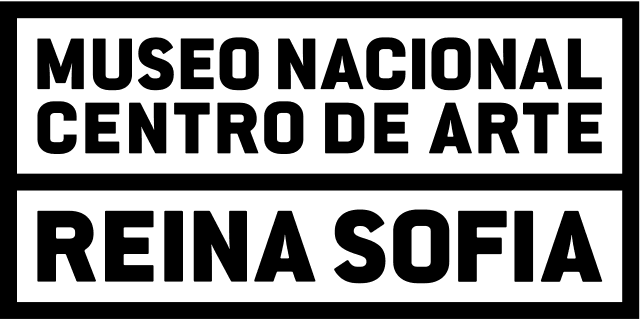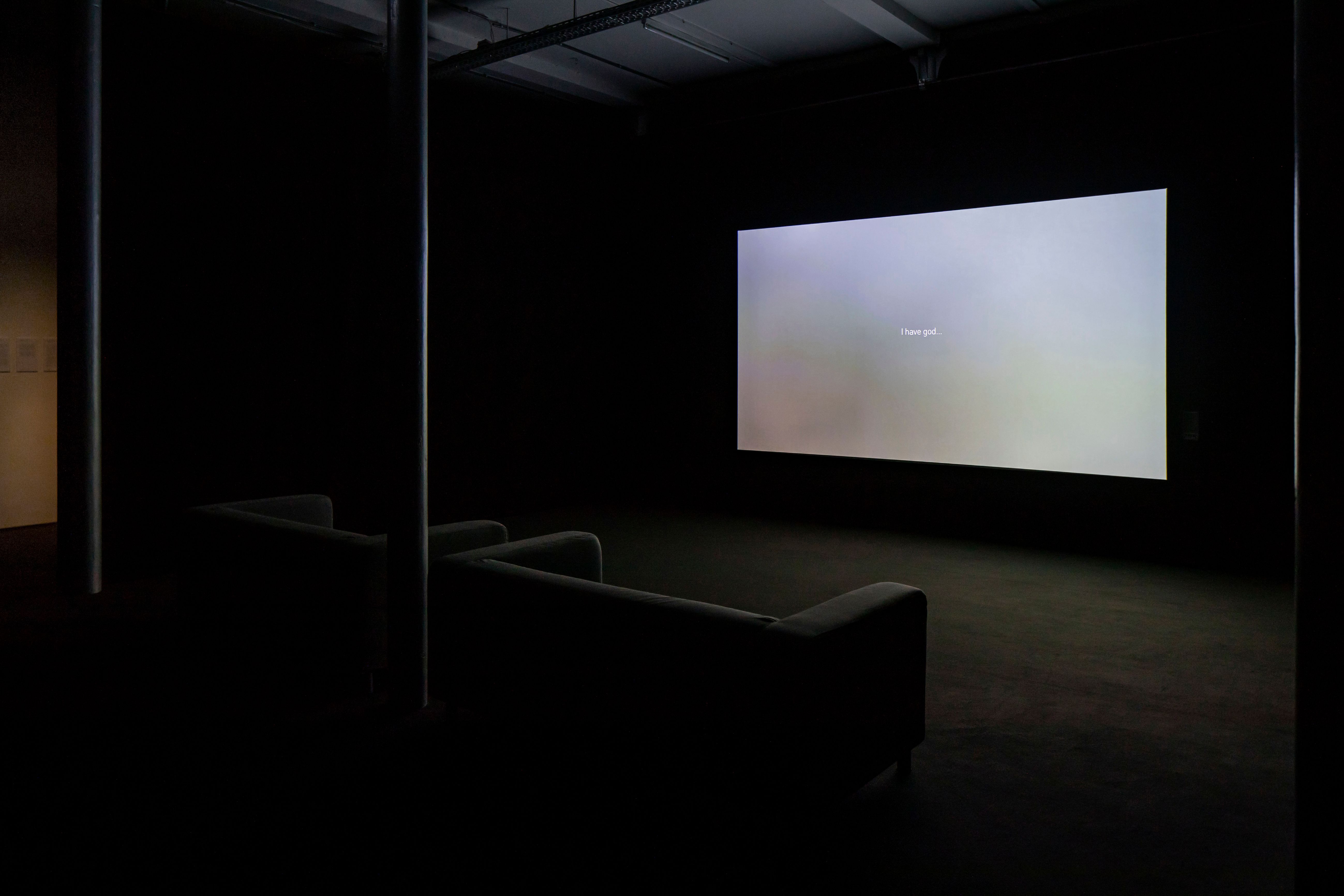Machinations
Artists: Georges Adéagbo, Efrén Álvarez, Ismaïl Bahri, Sammy Baloji, Jean-Pierre Bekolo, Ahmed Bouanani, Touda Bouanani, Paula Guerrero y Esperanza Collado, Rojava Film Commune, Cian Dayrit, Test Department, Ângela Ferreira, Hermanos Frenkel (Herschel, Shlomo y David Frenkel), Dora García, Florencia Rodríguez Giles, Heiner Goebbels, Patricia Gómez y María Jesús González, Huanchaco (Fernando Gutiérrez), Femke Herregraven, Iconoclasistas, hackitectura.net (Pablo DeSoto, Sergio Moreno y José Pérez de Lama), Yervant Gianikian y Angela Ricci Lucchi, Abu Bakarr Mansaray, François Pain y François Marcelly-Fernandez, Rabih Mroué, Bouchra Ouizguen, Taring Padi, Antón Patiño, Juan Pérez Agirregoikoa, Todo por la praxis, Dania Reymond, Monlee y Roxlee, Eran Schaerf, Tejal Shah, Tai Shani, Rayyane Tabet, Raphaël Grisey y Bouba Touré, Loreto Martínez Troncoso, La Rara Troupe, Alexander Tuchaček, Gee Vaucher, Simón Vega, Vangelis Vlahos, Abdul Hay Mosallam Zarara, Zush (Alberto Porta Muñoz)
Curators : Pablo Allepuz, Manuel Borja-Villel, iLiana Fokianaki, Rafael García and Teresa Velázquez
Museo Reina Sophia, Madrid, Spain
2023
Link to the exhibition
Exhibition Information Sheet: machinations / pdf
Catalogue

Year: 2023
Language: English
ISBN: 978-84-8026-646-8 NIPO: 828-23-006-4
Edited by: Museo Reina Sofía


In the thinking of Félix Guattari and Gilles Deleuze, the idea of the machine undergoes a paradigm shift with respect to Marxist analyses of the industrial society. Until that point, it had been regarded merely as a technical instrument which alienated the individual, turning them into one more piece of machinery in capitalist production. After 1968, this judgement was reformulated into an abstract nucleus capable of containing infinite human and non-human relations. Under this premise, a machine is the result of a series of connections between different components which respond to the demands of a series of determined circumstances and is mobilised to the rhythm of its cuts and flows, ultimately disintegrating in the same manner as it was built. This displacement from the static to the dynamic, from the individual to the collective, from the technological to the socio-political, underscores the opposition of the temporary and multiple nature of the machinic in facing the claim for eternity and uniformness of the structural. Therefore, the primordial role of the machine is “to machinate”; namely, to conspire against established power, to imagine new possible assemblages [agencements], to invent the necessary means for radical transformation.
In accordance with this theoretical framework, the exhibition machinations explores different forms of resistance, coalition and creativity that materialises in the present by way of around fifty artists, most of whom hail from the Mediterranean area and African continent and reflect on the historical and present-day circumstances of such territories. The works presented stretch across a broad array of formats and techniques that approach drawing, painting, comic books, sculpture, theatre, dance, performance, installation, film, video and animation from a critical perspective. A dozen of them are new productions, specifically commissioned for this project, while many others are works either shown for the first time or adapted for this occasion. Overall, the selected works pivot around three main interconnected axes: War Machines, Schizo Machines and Cinema Machines of Care.
From Guattari’s first texts to the “Treatise of Nomadology: The War Machine”, written with Deleuze in A Thousand Plateaus. Capitalism and Schizophrenia (University of Minnesota Press, 1987 [1980]), the “war machine” is defined as being prior to and outside of State apparatus, and, by extension, against all that which is presented as immutable and totalising. Opposite this “molar” condition of imperialist logics or the bureaucratisation of public life, myriad “molecular” revolutions surface as attempts at action which, from a micro-political perspective, set out lines of flight towards alternative ways of organising the commons. The connections between nationalist ideologies, militarism and colonial memory, as well as extractivism, forced migration and border policies are some of the vehicular questions in this show, addressed explicitly by this first cluster of works (War Machines).
Furthermore, these movements of de-territorialisation and re-territorialisation are not necessarily geographical. Rather, they appeal, equally, to the unfolding of subjectivities outside of classical psychanalytical stereotypes. Indeed, the foundational tension between structure and machine, capitalism and schizophrenia, are largely shaped inside the context of anti-psychiatry, from the notion of institutional therapy practiced, among others, by psychiatrist Francesc Tosquelles in the Saint-Alban Hospital, and psychiatrist and psychoanalyst Jean Oury at the La Borde clinic. Upon ruling out the influence of the Oedipus complex and dissociating the subject from the family sphere — characteristic of psychoanalysis currents — schizoanalysis allows contemporary malaises to be situated in social space and to free the repressed desire of desiring-machines. Along this line, the second group of works (Schizo Machines) explores altered states of consciousness, minoritarian animist rituals, modes of unprecedented communication and speculations about science-fiction futures — ideas that run transversally across the exhibition.
In the third of these axes, the intersection of social machinery with desiring-machinery turns cinema into a rhizome of processes of subjectivation, as it allows to evade and subvert dominant semiotic regimes. Following Deleuze and Guattari in What Is Philosophy? (Columbia University Press, 1996 [1991]), art provides a succession of percepts and affects which lead to thinking beyond images, which is why it is possible to produce camera-less films and even speculate on the hypothesis of a cinema of care. In this plane of post-cinematographic immanence, a third group of works (Cinema Machines of Care) start from cinema as a non-representational medium with the objective of embodying viewing experience, establishing affective communities and weaving collective assemblages of enunciation, always in line with the threefold social, mental and environmental ecology.
For each of these three axes, the Museo Reina Sofía has maintained, since 2019, an open model of collaborative research with a team comprised of up to fifteen people with different backgrounds and experiences who have contributed to the process with their own conclusions. In the continuities and discontinuities of their assemblages, the constellations of research and curatorship bring together different modes of working to function, conjointly, as a machine. Thus, machinations extends beyond the physical limits of exhibition rooms, creating synergies with other projects, activities and publications inside and outside the Museo.